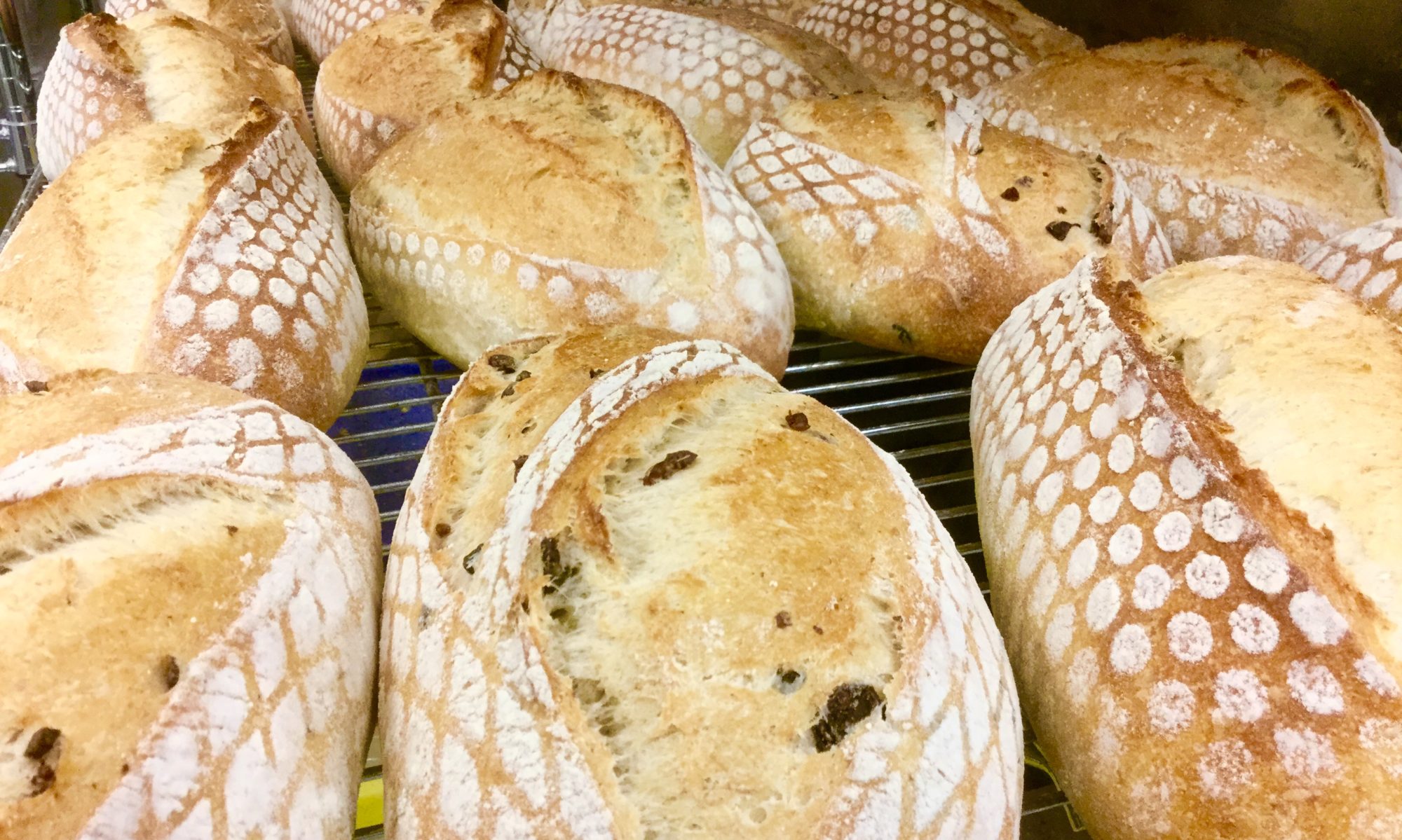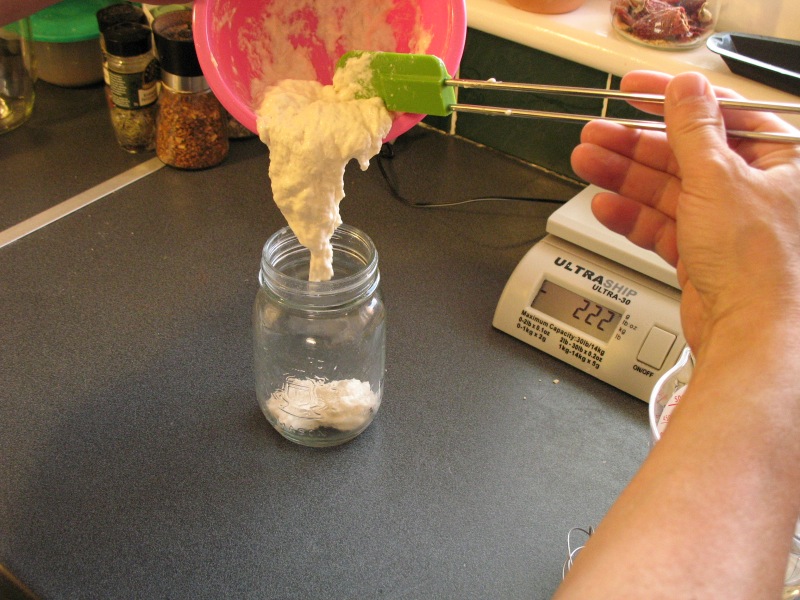Considering that sourdough has been around for thousands and thousands of years, long before the introduction of grams, temperatures gauges, refrigerators, electric ovens, or even the idea that the world wasn’t flat, one would think starting your own starter is a breeze.
Maybe it is, but I had a heck of a time myself. And when I was thinking “Why is this so dag nabbed difficult, it’s just flour and water” it was even more frustrating. But in reality, it’s more than just flour and water, it’s flour with the wild yeast still on it, water that doesn’t have additives meant to kill yeast and bacteria we WANT to cultivate, optimum temperatures, feeding at the right times so as to Continue reading “Home Grown: Starting from scratch vs bought”


